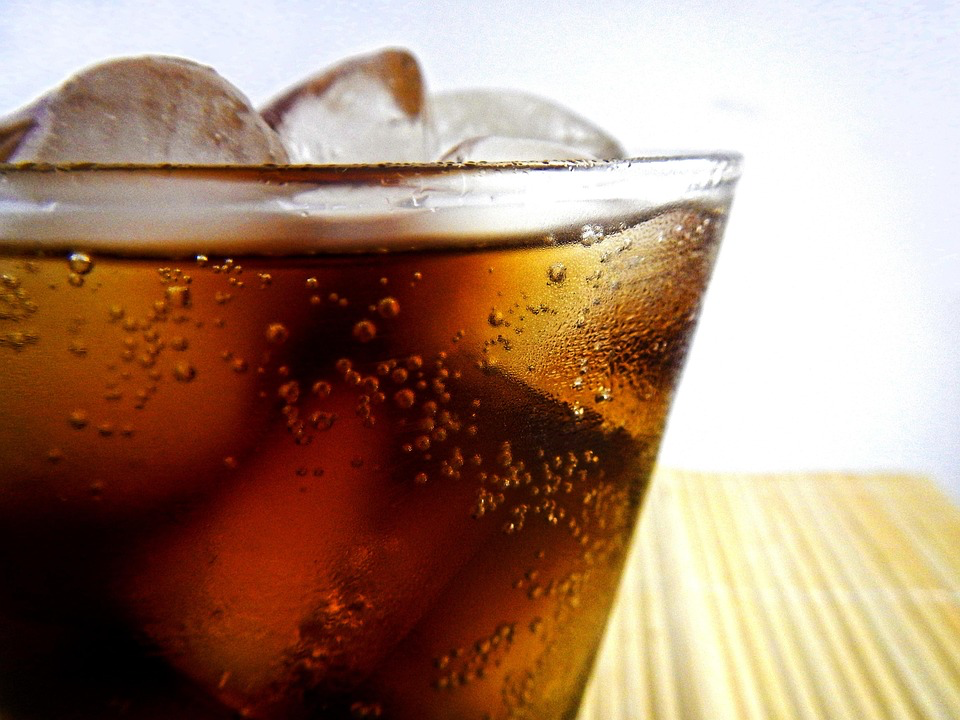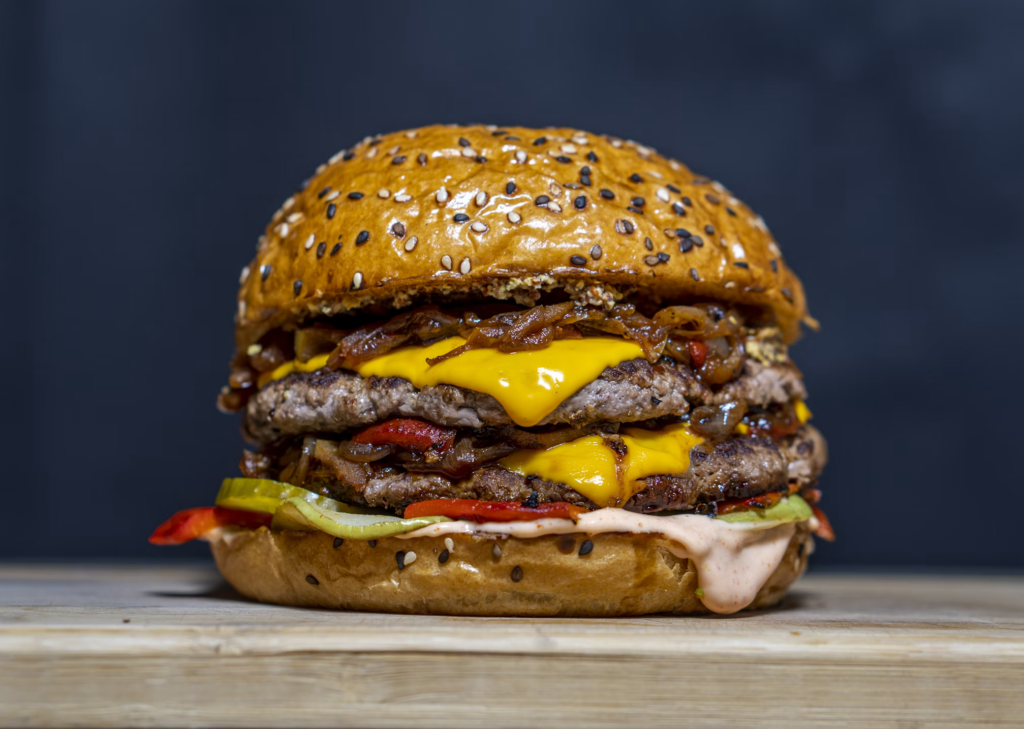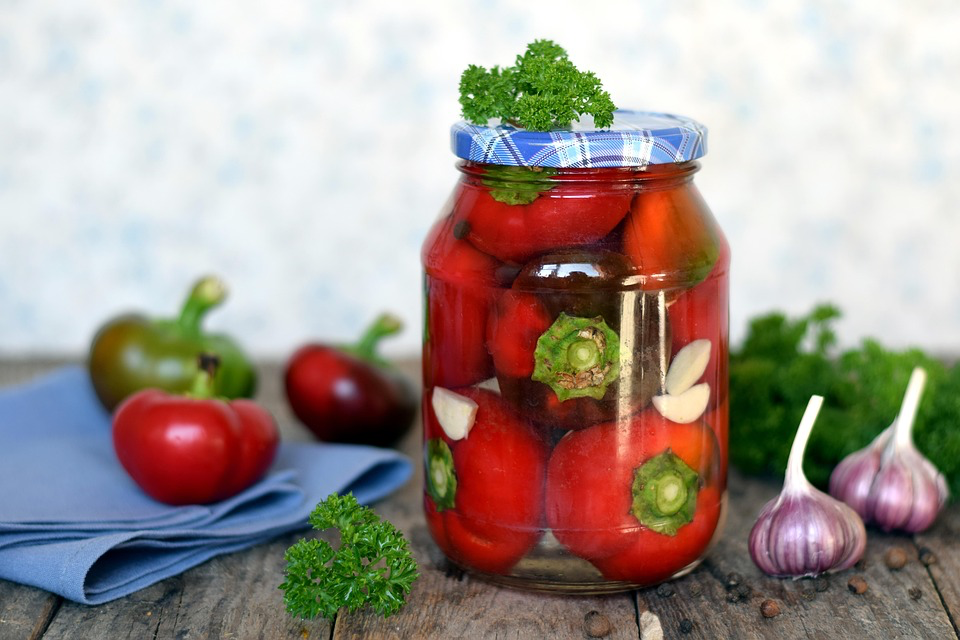Dr. Barry Smith worked behind the scenes with food giants like Coca-Cola and Kellogg’s for nearly a decade. He made their products irresistibly delicious and impossible to put down. Then something changed. The food scientist who once engineered ultra-processed foods (UPFs) now completely avoids them. What drove this dramatic shift? What did he discover about these foods that made him walk away?
The Insider Who Knew Too Much
Dr. Smith operated a specialized “wet lab” in London. There, he perfected the sensory experience of packaged foods. His work went beyond flavor. He created complete sensory experiences that keep consumers coming back for more. “Just before having a high-sugar snack, the brain releases dopamine—the feel-good hormone—in anticipation of receiving something good,” Smith explains. As a result, food companies harness this reaction through multiple sensory triggers. Think about the satisfying “fizz and tear” sound when opening a soda can. Or the distinctive pop of a Snapple bottle. These aren’t accidents. They’re engineered sensory cues that your brain associates with pleasure.
The Hidden Science of Craving
The manipulation extends far beyond packaging. Moreover, food properties themselves are calibrated to override your body’s natural fullness signals. Take soda. Most people would find the true sweetness level overwhelming in different forms. But Smith reveals, “Their fizz and cold temperature both help to reduce their sweet flavors. The bubbles alter the taste perception on the tongue, while the cool temperature makes taste buds less sensitive to sweetness.”

This explains why flat, room-temperature soda tastes sickeningly sweet. Simply put, the carbonation and cold aren’t just refreshing. They mask extreme sweetness levels that would otherwise be unpalatable.
The Hunger Hormone Hijack
What many don’t realize is that UPFs can hijack our body’s hunger regulation system. Medical experts have identified ghrelin as a key hormone in this process. Often called the “hunger hormone,” ghrelin signals your brain when your stomach is empty and it’s time to eat.
Normally, ghrelin levels increase between meals and decrease when your stomach is full. But ultra-processed foods disrupt this natural cycle. “At the end of a meal, my hunger hormones would still be sky high,” reports one researcher who studied these effects. This hormonal confusion explains why you can eat an entire bag of chips without feeling satisfied.
From Industry Insider to Health Advocate
What’s surprising about Smith’s story isn’t what he knows. Rather, it’s what he did with that knowledge. After learning about the health impacts of UPFs, he changed course. “I used to get 30 to 40 percent of my diet from ultra-processed foods,” Smith admits. But he cut them out entirely. Soon after, the results amazed him. He now feels “much healthier, more energetic and happier” than before. He even lost weight without trying.
His experience matches findings from Dr. Chris van Tulleken, a health expert who conducted a one-month experiment eating 80% UPFs. Following this diet, Dr. van Tulleken reported alarming changes: “I became very unwell very quickly. I felt terrible. I stopped sleeping, I developed anxiety and became very unhappy.”

The Science Behind the Weight Gain
What makes these foods so problematic? Luckily, research provides clear answers. A recent clinical trial found that people eating ultra-processed diets consumed about 500 more calories daily than those eating whole foods. This happened even when both diets contained identical amounts of fat, salt, sugar, and fiber.
Studies reveal that these foods significantly alter our natural ghrelin patterns, confusing the hormonal signals that regulate hunger. Smith explains that companies intentionally engineer products to drive excess consumption. Additionally, they pack them with energy and process them into tiny particles that may bypass parts of our digestive system that trigger fullness signals.
The Path Forward: Flavor First
Despite knowing the health risks, Smith doesn’t believe fear tactics will change diets. His approach is practical. “You’re not going to persuade people to move away from ultra-processed foods by telling them it’s bad for them,” he says. “It’s got to be flavor first.” Smith recommends investing time in making whole foods taste better. Vegetables may seem bland compared to engineered snacks. However, roasting, frying, or fermenting transforms them into crave-worthy alternatives.

“You need to make them really tasty so that people realize, they can actually make something reasonably cheap and reasonably well that I’m actually going to enjoy eating,” he notes.
Small Changes, Big Impact
Eliminating ultra-processed foods might overwhelm you. Yet even small reductions make a difference. Nutrition experts offer practical advice on making simple swaps. “I eat cheese, but I don’t eat processed cheese,” Dr. van Tulleken explains. “I eat butter, but I don’t eat margarine. I eat traditional flour bread, but I don’t eat emulsified, supermarket bread.” Health specialists suggest several ways to help regulate ghrelin levels naturally. Staying hydrated by drinking plenty of water and eating water-filled foods like fruits and vegetables helps. Also, foods high in healthy carbohydrates and proteins can help lower ghrelin levels more effectively than fatty foods.

The shift away from ultra-processed foods doesn’t demand perfection. Small, sustainable changes improve health over time. By making conscious choices about what we eat and why, we reclaim control over our appetites, weight, and health. Health researchers report that approximately 70% of products sold in U.S. supermarkets are classified as unhealthy and ultra-processed. Awareness marks the first step toward healthier choices. The next time you hear a soda can’s fizz or a chip bag’s rustle, remember these sensory cues aren’t random. Food scientists engineered them to push specific buttons in your brain. Now that you know this, what will you choose to eat?
Read More: Study Reveals Connection Between Cancer and 10 Common Ultra-Processed Foods

